In the dynamic realm of festivals, the question of worthiness for small brands and producers often dangles precariously, akin to a flip of the coin. Deciding whether the investment of time and money will yield substantial returns becomes a complex calculation. Opinions on the matter, often derived from personal experiences, tend to be subjective, leaving aspiring participants at a crossroads. Barra Mexico (BM), a pivotal event in the spirits industry in Mexico and Latin America, serves as a compelling case study in navigating this decision-making process.
A Platform for Education
Barra México was conceived by sommelier Paula García and bartender Ara Carvallo in 2015 with the objective of addressing a crucial need within the Mexican beverage industry – the lack of accessible, high-quality educational opportunities. Recognizing that knowledge is the key to elevating the industry, Barra México set out to create a platform that would bring together professionals from all corners of the beverage world. Through an array of seminars, workshops, masterclasses, and tastings, BM provides a comprehensive educational experience for participants. Renowned industry figures, both local and international, share their expertise, covering topics ranging from mixology and distillation techniques to sustainability and market trends. By focusing on education, BM inspires individuals to refine their craft, fostering innovation and growth within the industry.
In almost ten years, it has undergone significant transformation and evolution since its inception. What started as a gathering of industry professionals has evolved into a two-day event attracting around three thousand attendees from across Mexico and beyond, establishing itself as one of the most important trade fairs in Latin America for the bar industry. Barra Mexico has consistently reserved space to feature boutique brands, ensuring attendees always have a first look at new and innovative offerings. In the realm of agave distillates, its presence acquires more relevance due to the remarkable growth of the category, reflecting the dynamic and ever-evolving nature of the spirits scene in Mexico.
At Villa Barra Mexico, the two day trade show, international and local brands converge to not only showcase their craft but also to educate both consumers and industry professionals combining tastings, contests, and seminars. The event finds an ideal stage in CDMX, and implementing an event of this magnitude is no small feat, requiring 5,000 to 6,000 square meters. Simultaneously, there are different satellite events in bars around the city to further amplify its reach and they are also putting together the Cocktail Festival with bar takeovers and pop-up events at restaurants, bars, art galleries and different venues, a way to promote the point of sale, providing crucial support to brands.
A shared space for volume and tradition
For small brands seeking visibility and growth in the competitive market, how can they strategically harness the space and opportunity provided by such festivals? “Most people believe this event is possible mostly because of the bigger brands but it is possible thanks to medium and small brands. In 2022, forty per cent of the attending brands were agave distillates, with the largest being up to now. From the early years, we have created spaces for boutique brands; it is the area with the most visits because it is an offering that is not seen everywhere. Several collectives occupy this space.” said Paula García.
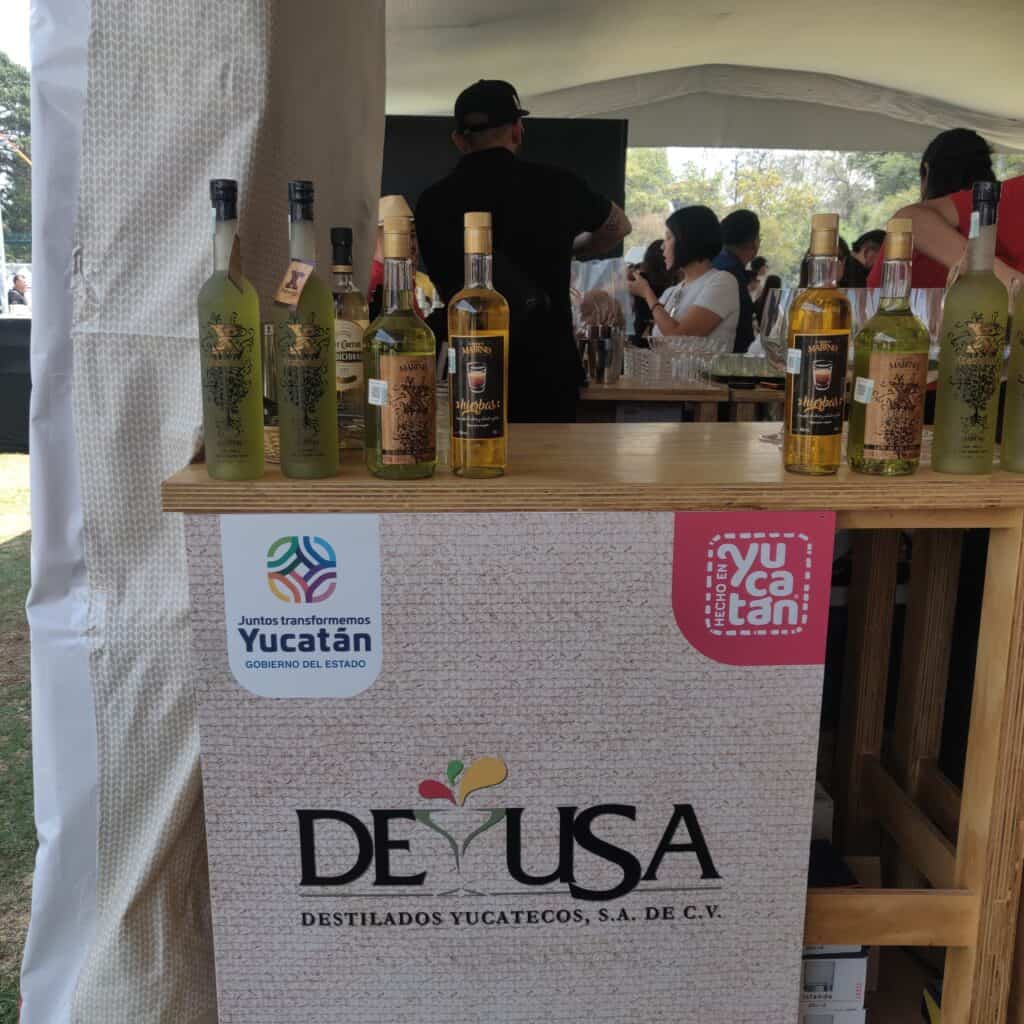
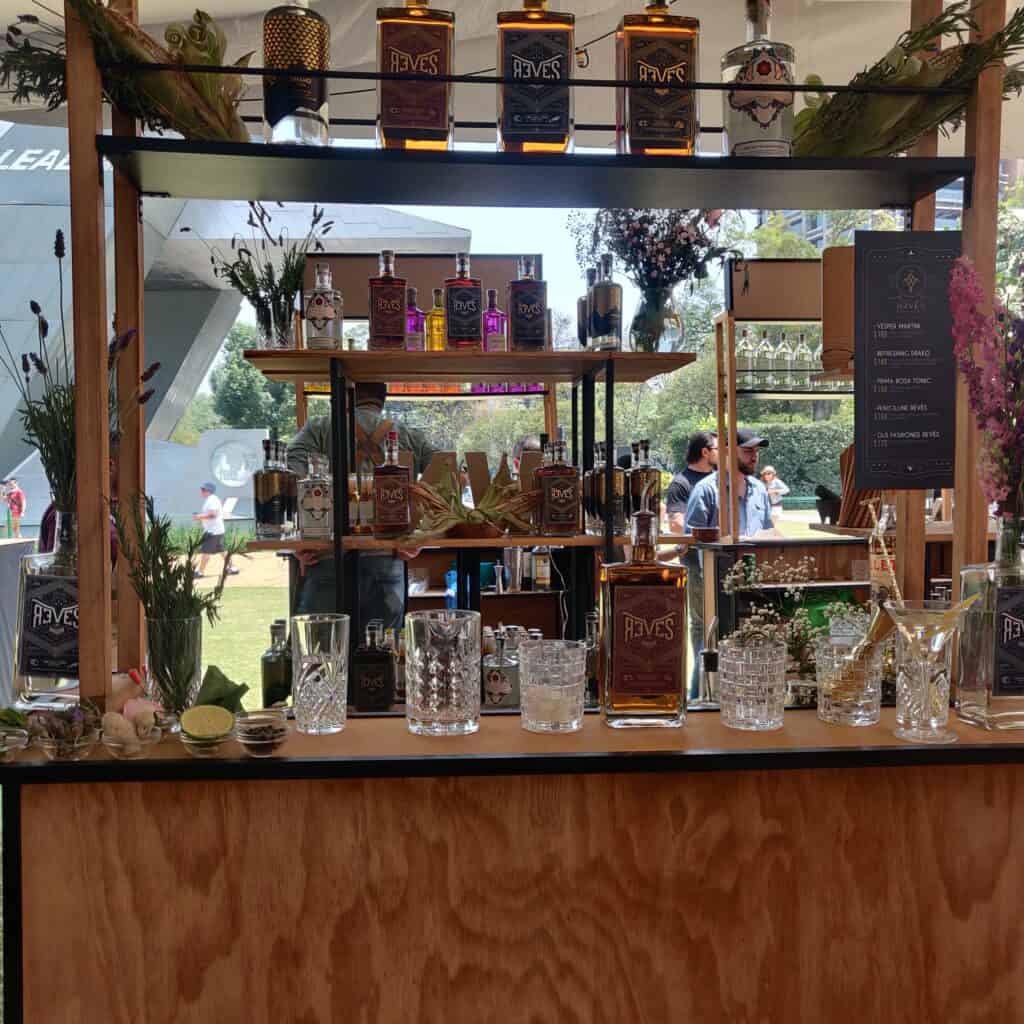
For Cuatro Volcanes, a small player in this expansive arena, the event presented a unique opportunity – a chance to be seen, heard, and embraced by a discerning audience. Founder Ernesto Vargas embarked on a journey in 2020 to redefine Mexico’s spirits landscape by crafting a whiskey made from heirloom corn from Tlaxcala. This is an often overlooked state because of its history, despite its rich culinary background. According to historians, Tlaxcaltecas betrayed the Mexica empire in their fight against Spaniards and as Irad Santacruz, Ambassador of Tlaxcala cuisine explains, Mexicans still hold the betrayal of the Mexica people against them.
In 2023 his micro distillery made their debut at Barra México, a feat made possible by the support of the state tourism agency, which granted them 20,000 Pesos. This financial boost made their participation feasible. However, the total investment required for the event exceeded 80,000 Pesos, encompassing expenses for the exhibition space, staffing, transportation, and accommodations. Because they also produce other spirits such as rum and gin, they took the opportunity to launch a new addition to its portfolio: a micro batch of 400 bottles of absinthe. According to Vargas, all their products received positive reception from other brands and bars, in that sense it was worth attending. Even though Vargas’ expectations regarding the volume of attendants were not fulfilled, he had an opportunity to explore the market and do his own benchmark. He decided to come back in 2024 but possibly by spending less money in exhibit space.
The question that looms large for small and independent brands like Cuatro Volcanes is how to transform this substantial investment into meaningful market share and lasting partnerships. In an industry dominated by heavyweight corporations such as Diageo and Pernod Ricard, the road to recognition can be daunting. The challenges intensify in an era where the pandemic has reshaped consumer behaviors – like a growing trend toward non alcoholic beverages, and economic landscapes.
One avenue for small brands to explore is the power of social media platforms that provide an accessible and cost-effective means to connect directly with consumers. However, the key lies not just in investing more but investing smartly. Creating a profile that encapsulates the uniqueness of the brand and aligning with seasonal consumption trends can help carve a distinct identity in the crowded market.
Testimonials of small brands such as Mezcal Cara a Cara that uses rain water for fermentation agrees it’s hard to participate at an event with corporate brands that include Casa Dragones, Don Julio, etc. but living the experience adds up to the journey of generating awareness and getting visibility.
Andrés Rubio, owner of Las Espirituosas, and Taller Astrafilia, leads the team behind Granicera, previously called Bruja de Agua, a Mexican gin. He also participated in the last edition of Barra México where their products have been very well received. His Granicera gin is an heirloom corn distillate macerated with spices and they make different expressions such as rosemary, and allspice, cacao and hierba santa, toronjil morado and cinnamon. They also produce a collection of liquors called Maleza made with spices locally sourced from different farming communities in Xochimilco (CDMX), Michoacán, Oaxaca and Jalisco. Among the herbs and flowers used are axiote, cempasuchil, pumpkin seeds or pepitas and peanuts. Rubio mentioned their heirloom corn based bitters are their star product which they are distributing to the US through JVS imports.
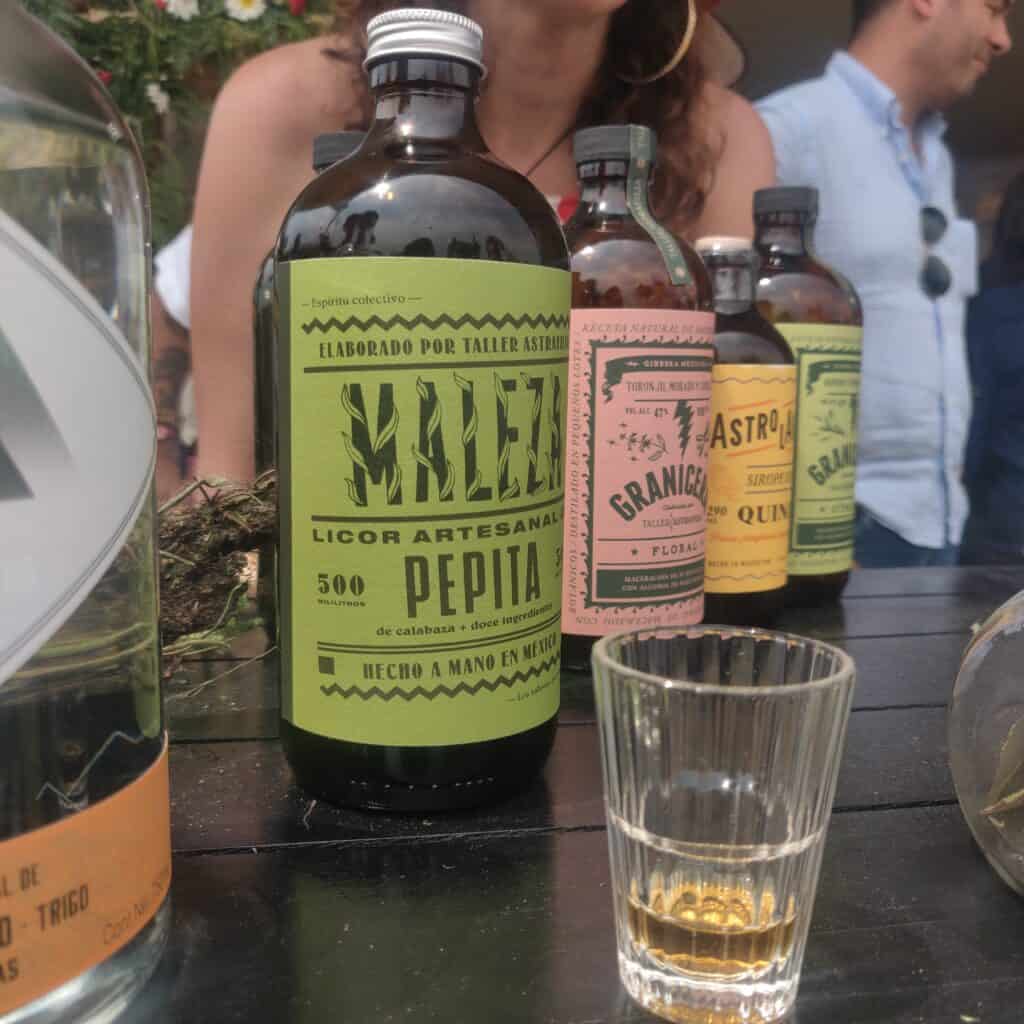
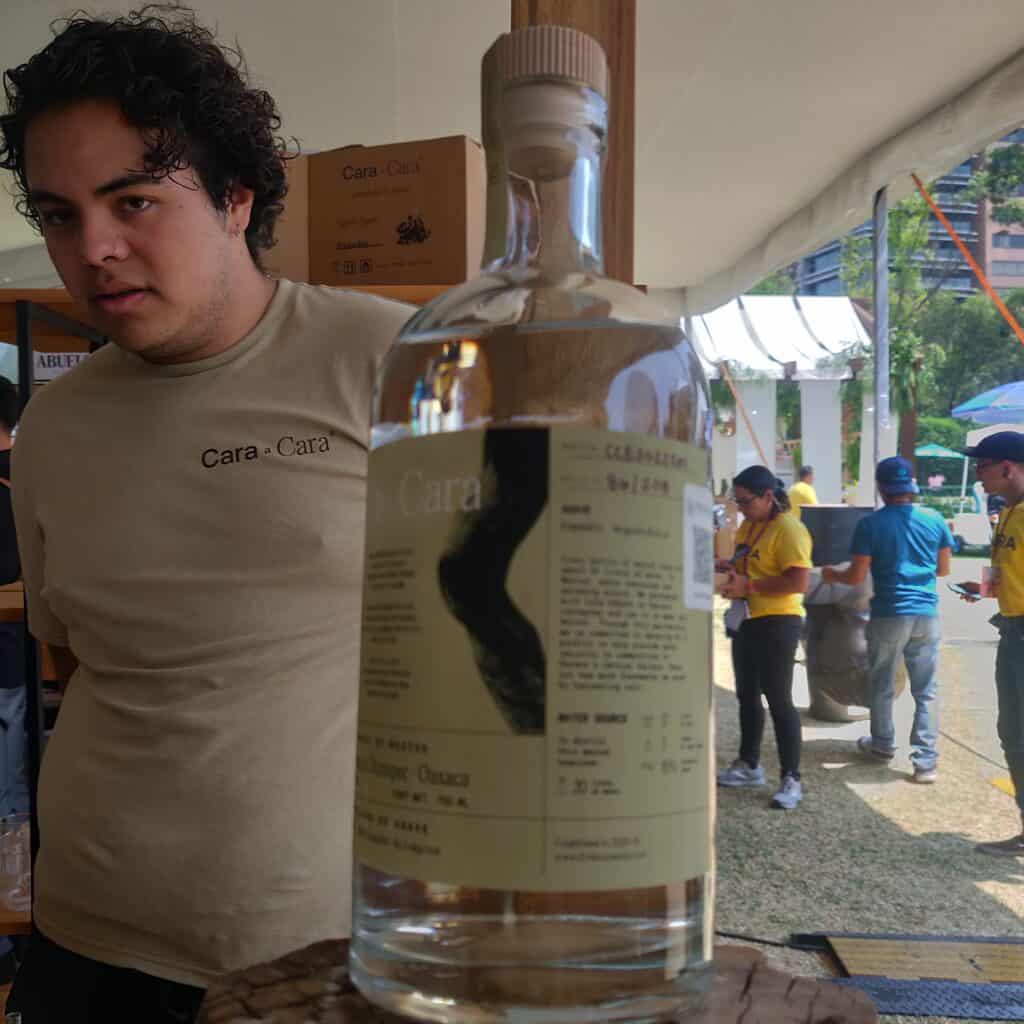
The Barra Mexico vision
Barra México wants to be a reference point for Latin American spirits by providing a space for education and exploration. Not only traditional spirits like mezcal, tequila, pisco, and rum are featured but also new products for consumers to discover. In its 2023 edition, BM offered 35 seminars featuring bar owners, brand ambassadors and mixologists from all over the world; the event showcased diverse formats and others sponsored by various brands. Participants from 30 countries, particularly from South America and the Caribbean, contributed to the international flair. Last year, there was a Mezquite distillate, a few artisanal brands of liquors such as Yumbab made with anise and Chan Antonio made with sour oranges both from Yucatán. Fenny, a cashew liquor from India, Danza de Lobos, a rum from the owners of mezcal Don Mateo, and Diplomatico rum from Venezuela, among others.
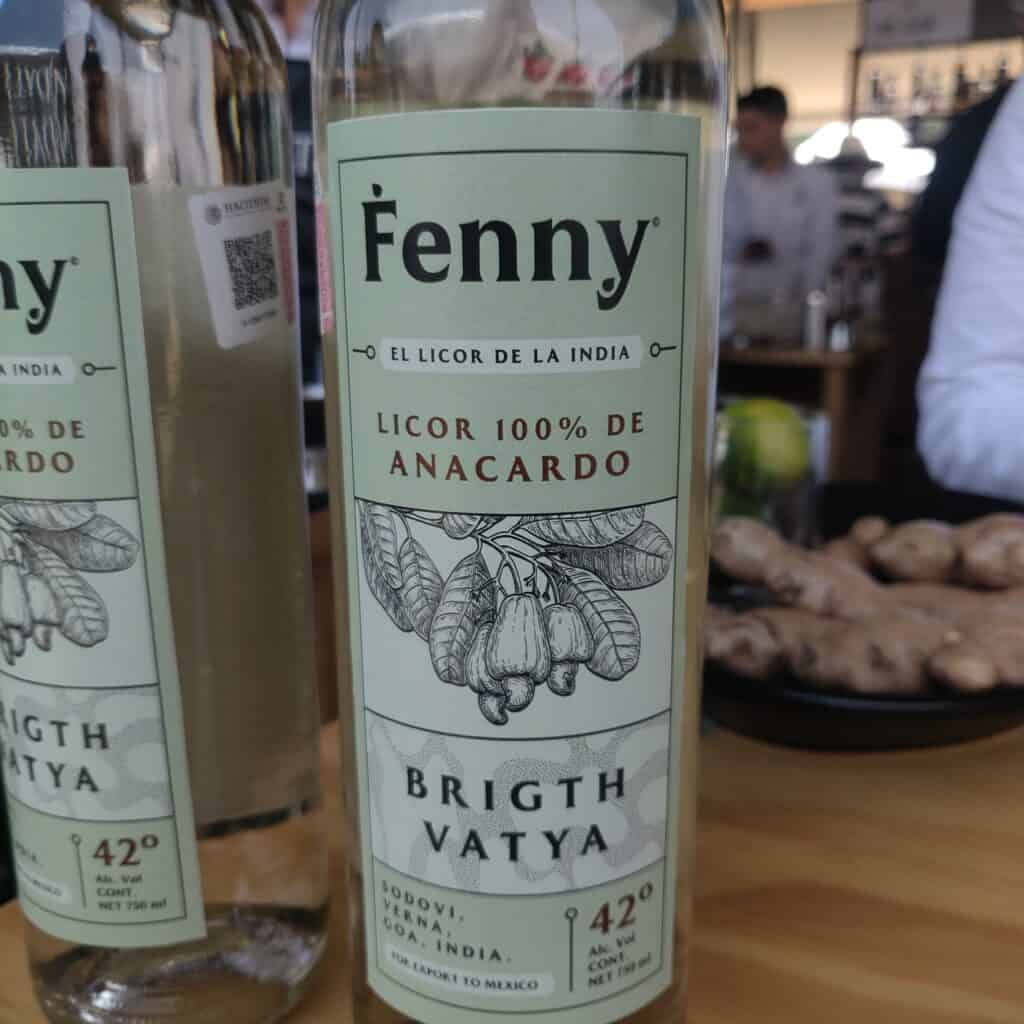
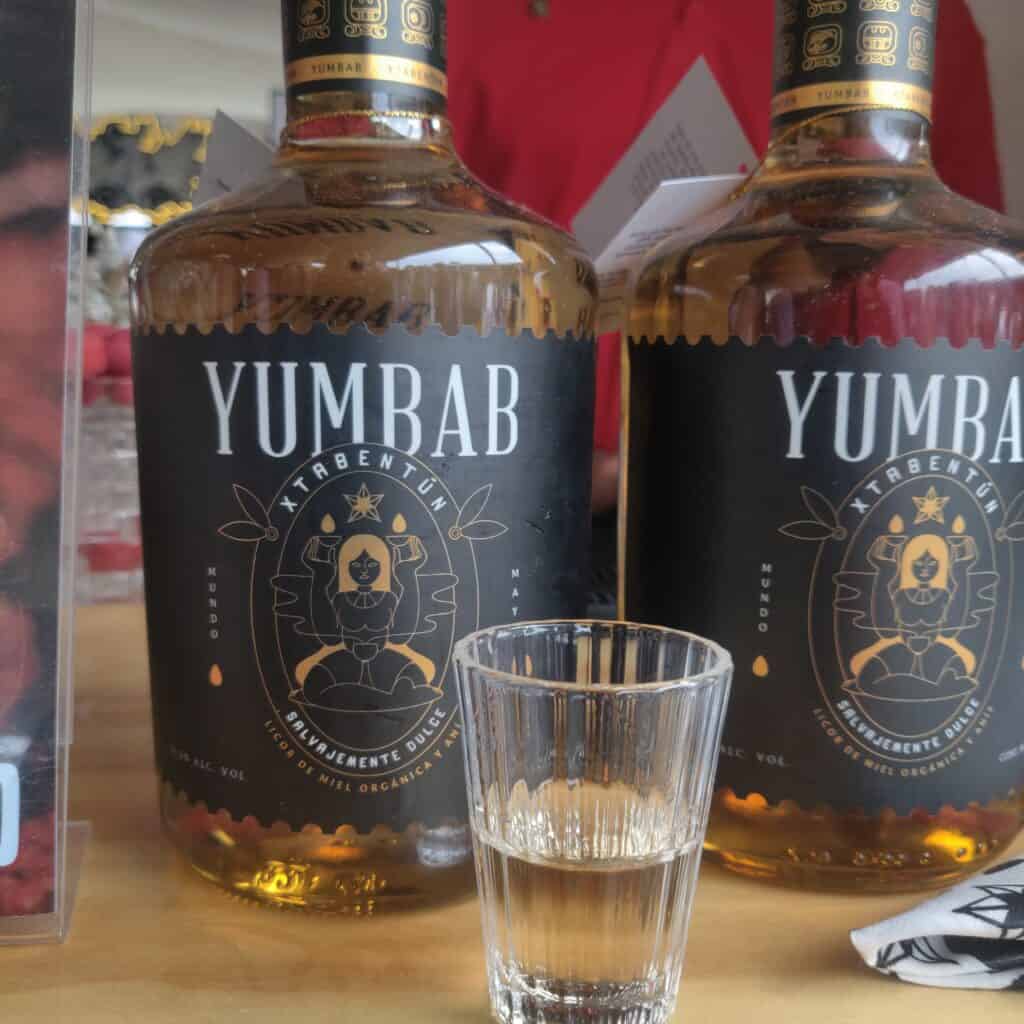
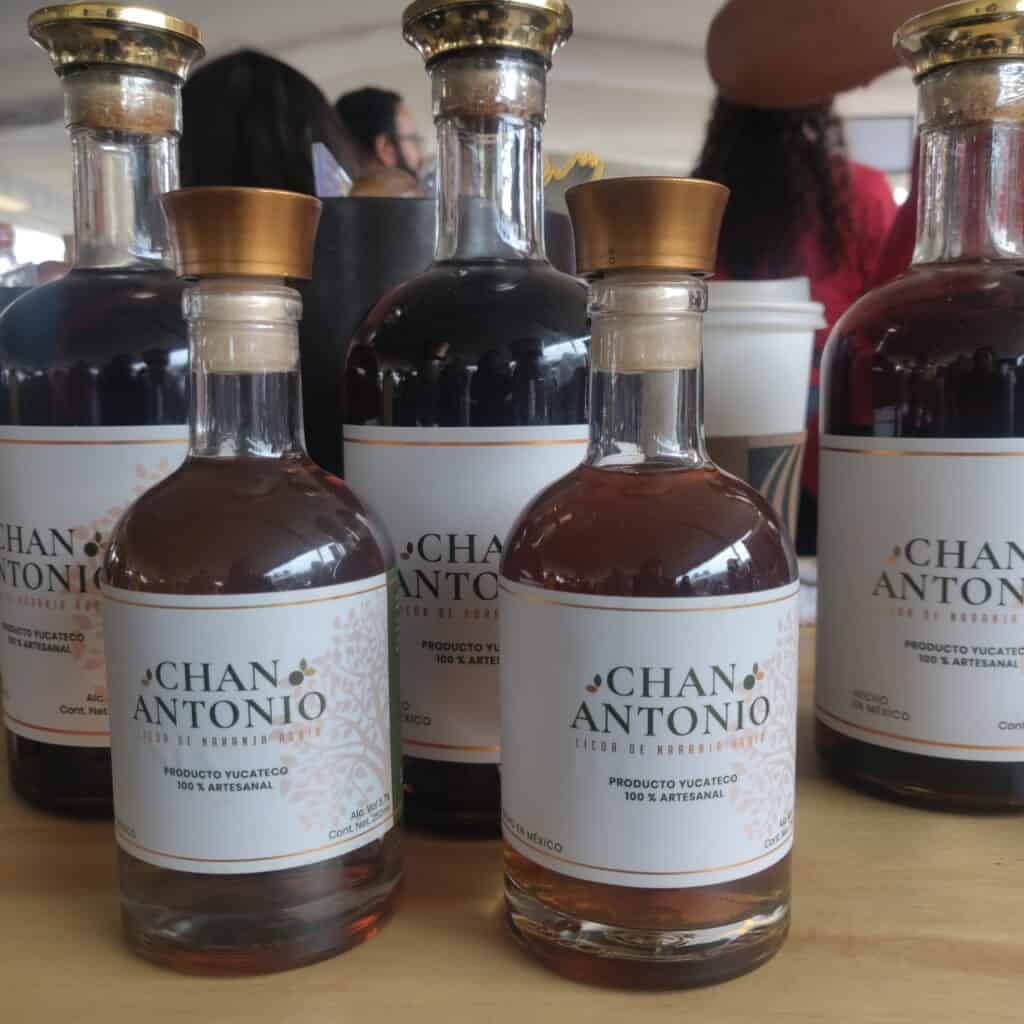
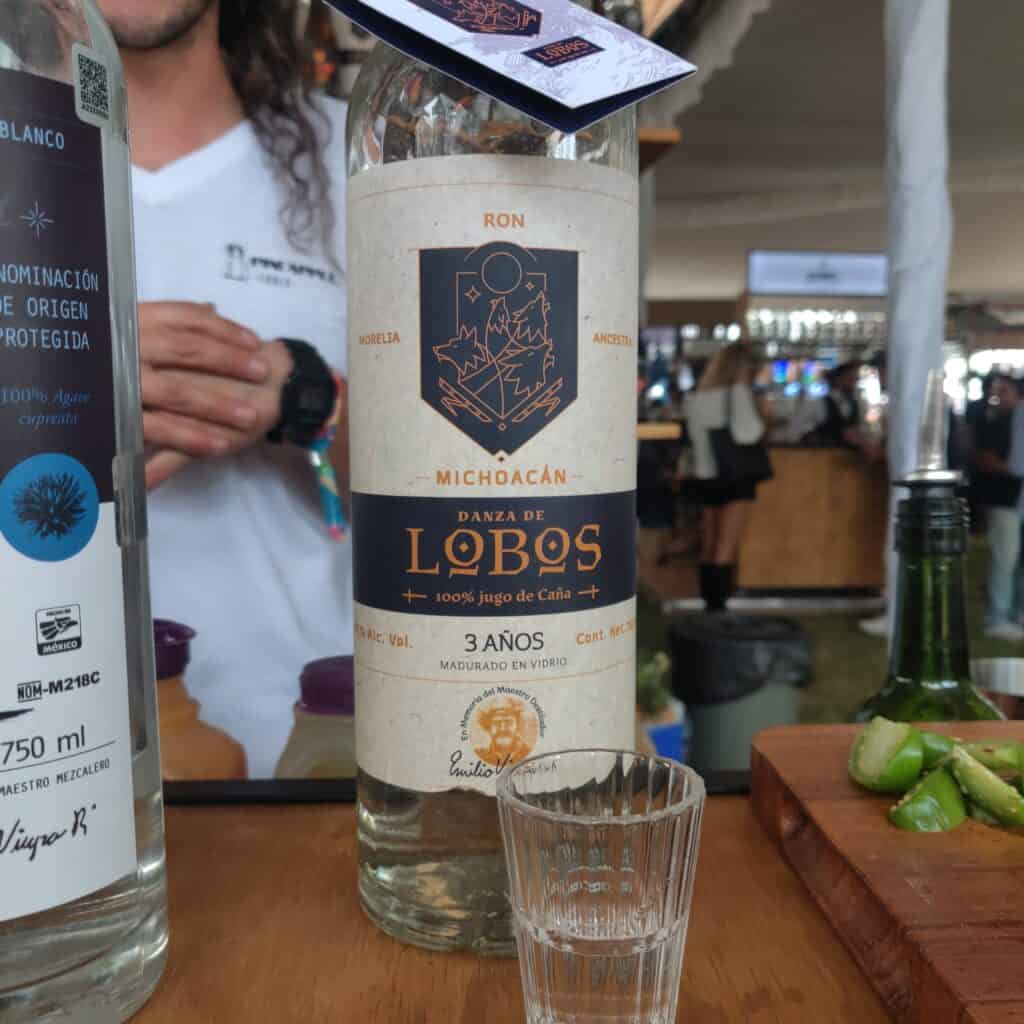
For small brands, this festival becomes a stage where authenticity and craft take center stage, fostering connections that extend beyond the event’s duration. It acts as a bridge between creators and consumers, and plays a pivotal role in leveling the playing field. Also serves as a forum where distillers like Ernesto Vargas can share their passion and stories directly with industry professionals, restaurant owners, and distributors.
Trade shows like this have a significant environmental footprint, generating waste, consuming energy, and contributing to carbon emissions. In order to measure the positive impact of Barra México, Garcia and her team collaborate with Mexican non profit Pronatura, calculating and offsetting effects through the purchase of bonds. According to Garcia, this is a net zero carbon event. They changed plastic for glassware and used a sustainable German washing system with biodegradable soap and minimal water. They also partner with “Cerrando Ciclo,”a non profit focusing on glass reuse, and WM Foundation to hire individuals with disabilities, emphasizing their commitment to social responsibility.
Barra México has extended its reach beyond Mexico City, recently hosting an event in Yucatán in December as part of The Best Chef Awards celebration that took place in Merida. For Mapo Molano, head bartender at Cafe de Nadie “It’s a good investment to start, depending on how they use the space and the openness; it can work. Brands conduct various activations—you can just set up your stand, but you need to know how to make the most of the space. It’s not the only or the best one, but you have to know your niche. Cocktail Week works well for a bar to attract people.” Mapo is one of Barra Mexico’s Ambassadors for the 2024 event and recently participated at the edition celebrated in Merida.
While the journey for small brands may be challenging, platforms like Barra México provide a vital space for visibility and growth. By leveraging the power of storytelling, aligning with consumer trends, and making strategic investments, these boutique distilleries can find their niche, contributing to Mexico’s ever-evolving spirits landscape. Moreover, to maximize the impact of their participation, brands are increasingly required to develop a comprehensive marketing plan before engaging in events like Barra México. This strategic approach enables brands to establish clear goals and key performance indicators, such as the number and quality of leads generated, making it easier to measure the return on investment and ensure a more targeted and successful presence at the event.
The next edition of Barra Mexico will take place from May 16 to 19 in CDMX.
- Tlaxcala derives from the Nahuatl word “tlaxcalli,” which means tortilla. However, when combined with the ending “tlān,” signifying “place of,” it forms “Tlaxcallān.” In this context, the noun transforms to mean the place of tortillas. This linguistic and historical connection underscores Tlaxcala’s significance as a region historically associated with the cultivation and production of corn, signifying its role as a vital birthplace of this essential crop.

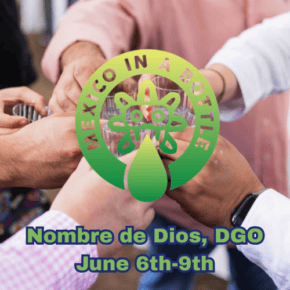
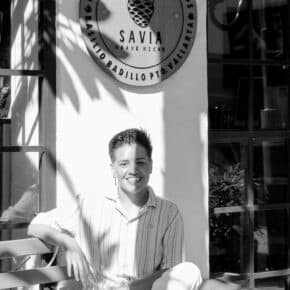










Leave a Comment